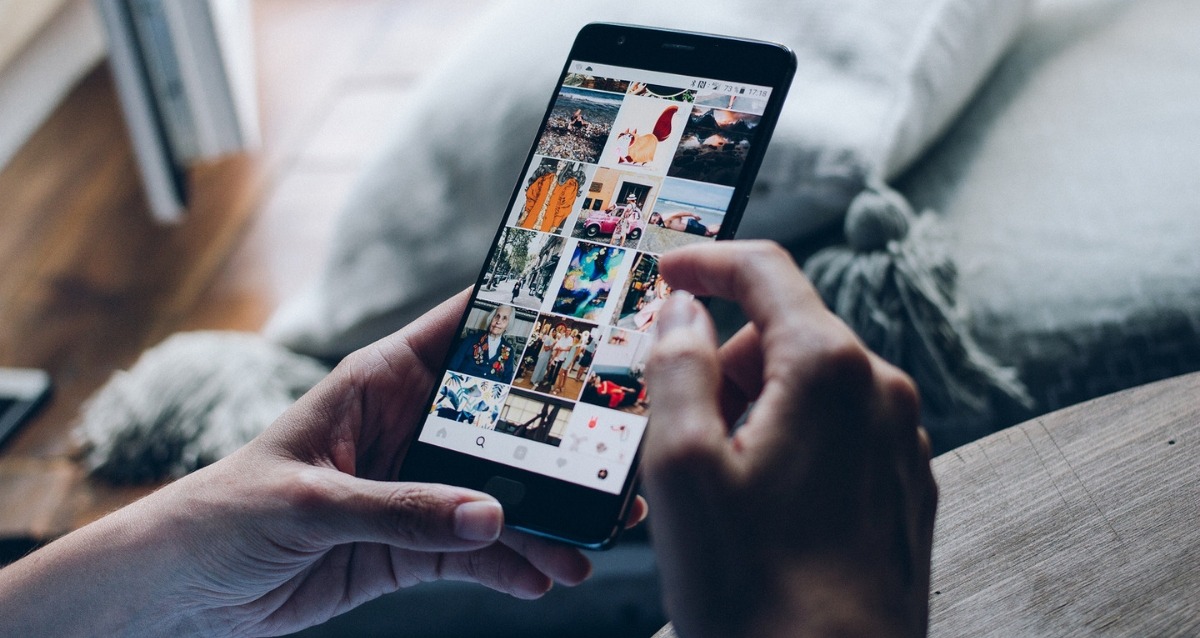 https://dappergoat.com/wp-content/uploads/2019/04/instagram-banned-hashtags.jpg 683 1024 Jeremy Tillman https://dappergoat.com/wp-content/uploads/2020/08/Dapper-Goat-Logo-Without-Artboard-300x93.png Jeremy Tillman2023-03-01 14:31:502023-03-29 12:44:52Banned Hashtags on Instagram – Updated!
https://dappergoat.com/wp-content/uploads/2019/04/instagram-banned-hashtags.jpg 683 1024 Jeremy Tillman https://dappergoat.com/wp-content/uploads/2020/08/Dapper-Goat-Logo-Without-Artboard-300x93.png Jeremy Tillman2023-03-01 14:31:502023-03-29 12:44:52Banned Hashtags on Instagram – Updated!How Twitter’s Emphasis on Live Streaming Could Change Social Media Marketing
 Live is here to stay. Ever since Periscope first entered the social media landscape almost 2 years ago, live streaming has become an integral part of how we consume social media. Facebook and Twitter now offer users integrated abilities to live-stream video with the click of a button.
Live is here to stay. Ever since Periscope first entered the social media landscape almost 2 years ago, live streaming has become an integral part of how we consume social media. Facebook and Twitter now offer users integrated abilities to live-stream video with the click of a button.
But Twitter doesn’t want to stay stagnant. In fact, beyond user-based live streams, the network is looking to continue reinventing itself: as the world’s first social media broadcaster. And its emphasis on live video could change social media marketing as we know it.
The Streaming Properties of Twitter
As a user on the network, you may have already come across some of the programming Twitter has begun to broadcast. It began to show the NFL’s Thursday Night Football games this season, and will do so a total of 10 times before the end of the year.
In addition, it is also showing the United States presidential debates, the first of which reached a total audience approaching 90 million viewers across networks. According to Twitter, other sports will follow soon.
Broadcasting in the Age of Cord Cutting
Twitter’s strategy of broadcasting events of national interest is especially interesting given the recent trend for younger adults to abandon cable subscriptions. Especially millennials are moving away from cable subscriptions in record numbers, and one study found that this movement could cost the industry up to $1 billion per year.
Needless to say, cord cutting has placed traditional broadcasters in front of a major conundrum: how do you keep paying significant money for the rights to high-value entities like the NFL, when your audience is dwindling? For Twitter, though, the same movement is an invaluable opportunity.
Why Twitter Turned to Live Streams
That the network moved to broadcasting major events is, in a way, an admission of guilt. Once the clear-cut #2 social media network in the world behind Facebook, it has begun to lose users and attention to upstarts like Instagram and Snapchat, which offer similar capabilities in a more attractive fashion.
Given that Twitter is currently for sale, something had to be done. That something, company executives decide, was to position the network in a unique situation: to be the first social media broadcaster. In doing so, it recognized a crucial consumer trend: social viewing.
The Benefits of Watching on Twitter
Gone are the days when your favorite TV shows and sporting events were consumed on the couch. Today, you discuss each event in real time, making sure to share in the national conversation on whether that was a touchdown or Jon Snow is really dead.
But until now, that social experience has been compromised by needing multiple devices. No more. Now, you can log into Twitter and continue watching the game while composing a message about how that fumble definitely should have been overturned. Add the fact that you don’t need a cable subscription, and the benefits to average viewers are abundantly clear.
Twitter’s Impact on Social Media Marketing
These developments are undoubtedly exciting from a user perspective. But what does it mean for social media? For one, we’re breaking down boundaries. Social media is no longer a pure discussion channel, but has entered the realm of content consumption. You can now log into Twitter not just to see updates from a celebrity you follow, but watch a full, 3-hour football game.
The fascinating question will be whether other networks, especially Facebook, follow suit. If they do, we could be in the midst of a digital broadcasting arms race that will transform both watching TV and social media marketing as we know it.
Of course, Twitter’s emphasis on live streaming is just one of the many news features that come out of social media on a daily basis. To keep up with them, and to make sure that your business is prepared for the ever-evolving needs and capabilities of the medium, contact us.











